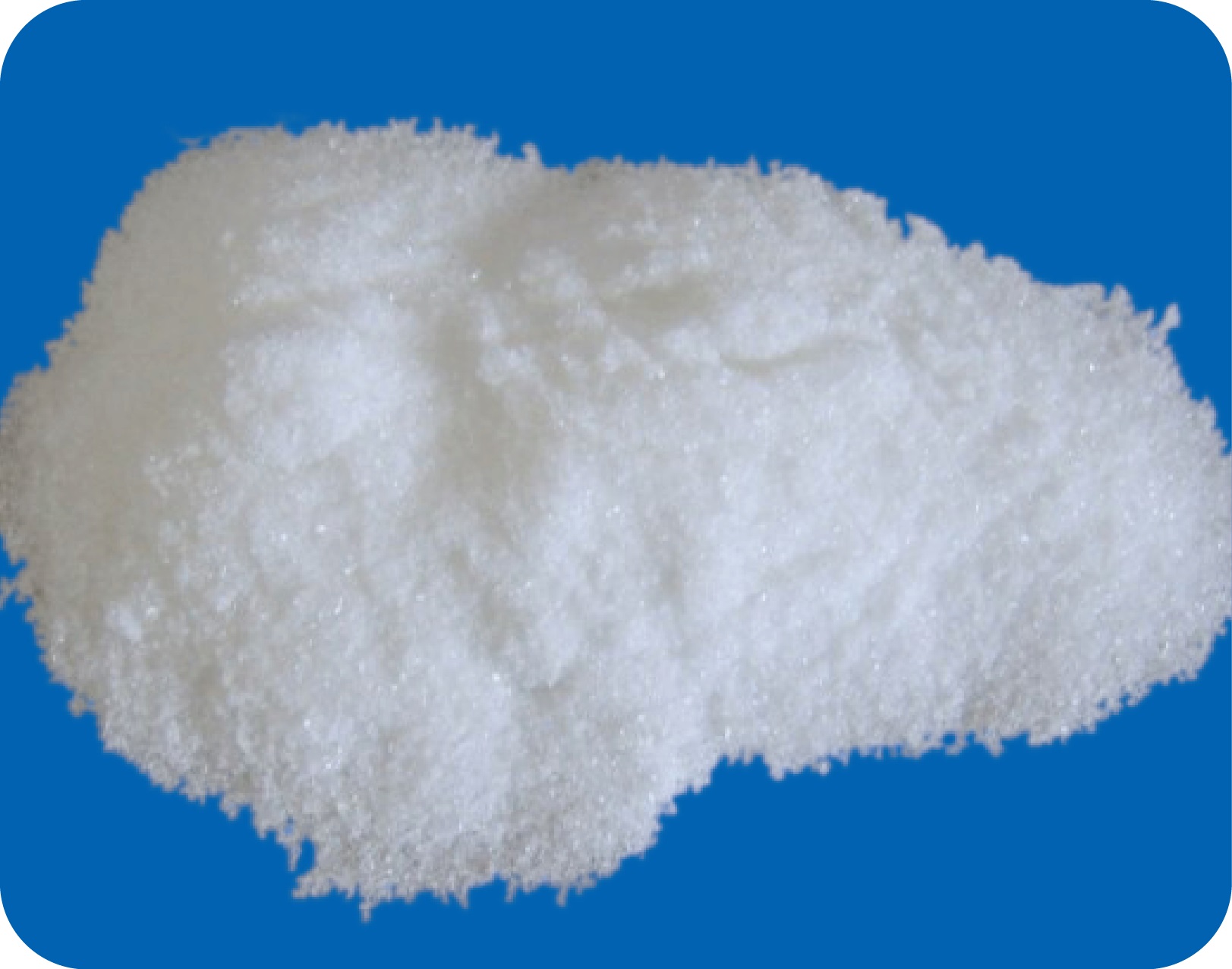When America Stops Importing Energy
 You’ve probably heard by now about the American energy revolution. Breakthroughs in drilling technology have opened access to enough new oil and gas reserves in the United States to dramatically reduce U.S. dependence on foreign oil.
You’ve probably heard by now about the American energy revolution. Breakthroughs in drilling technology have opened access to enough new oil and gas reserves in the United States to dramatically reduce U.S. dependence on foreign oil.
The numbers tell the story: U.S. oil production has reversed its 30-plus year decline; U.S. imports from OPEC producers have fallen more than 20 percent in the past three years; U.S. natural gas reserves and production are up significantly and prices have dropped 75 percent in the past five years. The International Energy Agency forecasts that the United States could become the world’s largest oil producer by 2020 and may be energy self-sufficient by 2035. That’s a game changer.
While this is not a free lunch, it should not be feared. The production process is complicated and expensive, and if the industry is not careful there can be risks to the environment. But the potential is staggering. Significant domestic job growth and economic expansion has begun.
But let’s look beyond the impact on the United States and consider a few of the more profound implications for the rest of the world, because this revolution is also a game changer for international politics and the global economy.
The axiom of “resource scarcity” has been one of the dominant forces shaping global geopolitics and economics since the end of World War II. Now, thanks to the U.S. oil and gas industry’s technological and entrepreneurial savvy, we have ushered in an era in which “resource abundance” will be the norm. The technology will be used to turn the U.S. into an energy exporter and also unlock hidden reserves in other countries. The resulting surge in supply means that the global energy sector will begin to behave like a more “normal” market, one in which demand and supply are in better balance and less power is concentrated in the hands of select producers.
Energy-rich countries like Russia, Saudi Arabia or Venezuela could be in serious trouble. Higher prices and market power have allowed their rulers to boost their domestic popularity with subsidies and other social spending projects, but when their customers produce more of their own energy or have other suppliers available, they will be forced to adapt quickly and intelligently or deal with the consequences.
The other great shift will come from a change in U.S. foreign policy. At the beginning of World War II, the United States supplied about 63 percent of the world’s oil and Texas was the global supplier of last resort. The Arabian Peninsula, Iran and Iraq together produced less than 5 percent. But in 1960, new discoveries encouraged Saudi Arabia, Iran, Iraq, Kuwait and Venezuela to band together to form the Organization of the Petroleum Exporting Countries (OPEC). Over the next decade, Middle Eastern and North African countries ramped up production by 13 million barrels per day, and OPEC members began to claim a bigger share of profits from Western oil companies operating on their territory. Qatar, Indonesia, Algeria, Libya, the United Arab Emirates and Nigeria joined the cartel.
Then came the tipping point. In March 1971, Texas reached maximum productive capacity. Over the next five years, U.S. oil imports nearly doubled and other producers gained critical market power. The Yom Kippur War in October 1973 triggered the OPEC oil embargo and the market distortions we’ve lived with ever since. That’s when access to foreign oil became a central preoccupation of U.S. foreign and security policy.
Fast forward to 2013. As America drives toward a new era of energy self-sufficiency, Washington will be less willing to risk lives and spends billions on ensuring the free flow of oil and gas through dangerous places. That’s especially important for the Middle East — a region where Ottomans, then Europeans, and lately Americans have, for better and for worse, helped keep the peace. The United States isn’t about to abandon the region entirely, not with the global economy still so dependent on the flow of commerce through the Strait of Hormuz and Israel’s security at risk. But it’s natural that as America becomes less reliant on the Middle East for energy, Washington’s willingness to accept risks and burdens there will diminish, or at least become harder to justify in a fiscally constrained era.
Interestingly, even as America becomes less vulnerable to that region’s volatility, China will become more so — and more directly involved in its politics as a result. The International Energy Agency has forecast that China will import nearly 80 percent of its oil by 2030, and much of that crude will come from North Africa and the Middle East. Some estimates suggest that China holds larger shale gas deposits than even the United States, but for the moment it lacks the technology and know-how to exploit them.
Even if China gets up to speed quickly, it will take years for all the requisite infrastructure to be put in place and for its domestic oil and gas industry to mature to the point where it can deliver significant volumes year in and year out.
Thus as China’s willingness to intervene in the politics of other countries rises, its leaders will want to extend their influence. And energy-rich Middle Eastern governments that have lost big customers in America and Europe will welcome all the deep-pocketed foreign friends they can find.
Like all revolutions, America’s new energy bonanza raises some fascinating questions. How might a lighter U.S. presence and heavier Chinese involvement change the world’s most volatile neighborhood? What can the next generation of Saudi leaders expect for their country’s future in a world where OPEC has lost much of its market power? Will Qatar’s support for Muslim Brotherhood governments in other Arab states and China’s interest in using the United Arab Emirates as an offshore trading center for its currency leave the Saudis dangerously isolated? Can Iran’s revolution survive the need to build a more modern economy?
A world in which the United States is less involved in answering these questions is a new world indeed.
Ian Bremmer is president of Eurasia Group and author of “Every Nation for Itself: Winners and Losers in a G-Zero World.” Kenneth A. Hersh is chief executive officer of NGP Energy Capital Management.


.jpg)


